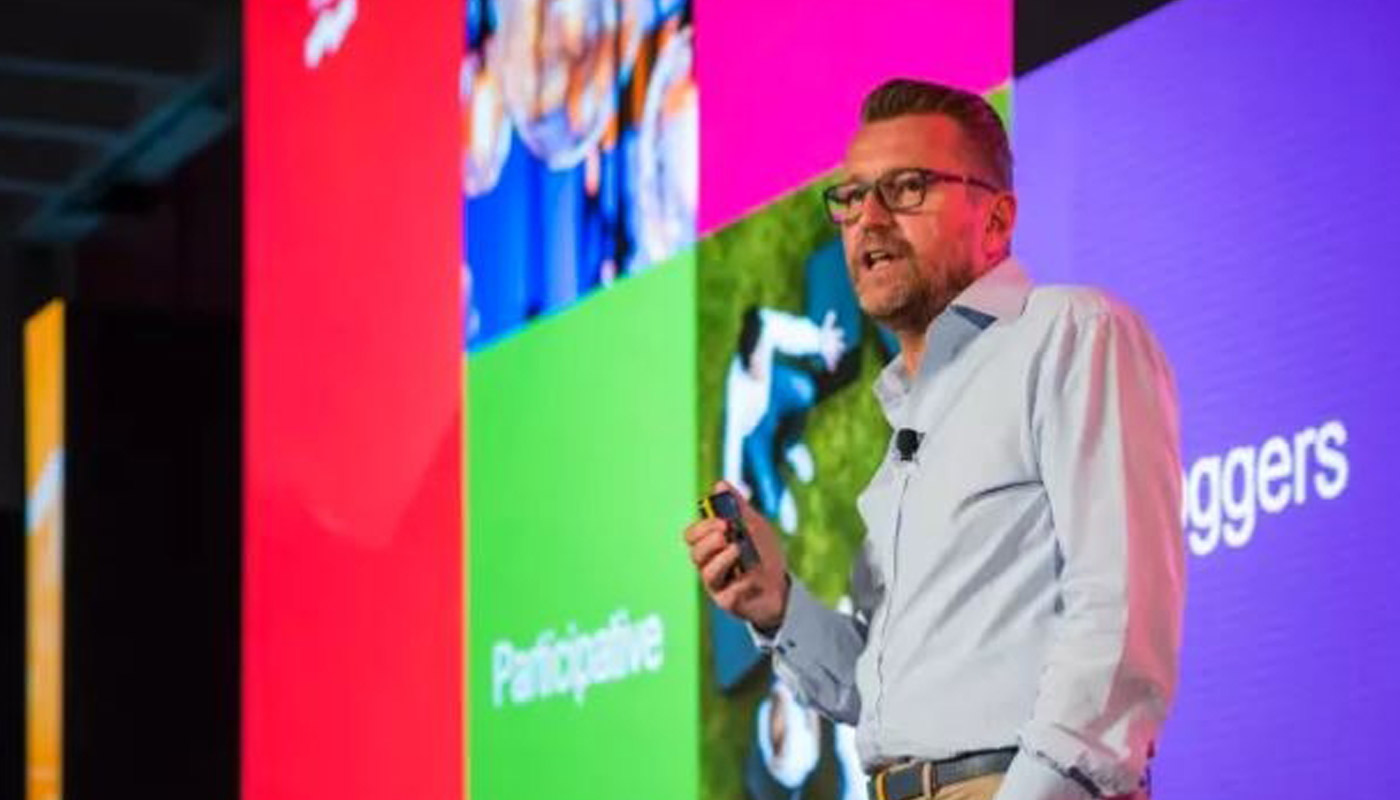
September 14, 2018
You only have to look at the stratospheric rise of social media platforms predicated on being photographed at cool places with cool crowds, clutching cool cocktails or the recent launch of experiential brands like AirBnB Experiences, to see that the balance has shifted. We’re moving faster than a canape waiter from a material economy to an experience economy, powered by investment in experiences. As Steve Howard, head of IKEA’s sustainability unit says “we’ve probably reached peak stuff.”
Like with most consumer trends, the effects are felt in the corporate world. It’s not surprising. There’s a ton of neuroscientific research that points to the value of in-person interaction for boosting productivity, creativity and wellbeing. Major hotel brands are investing in their meetings and events capabilities globally and while our future trends report forecasts 6% growth in 2019, Our VP for EMEA, Ian Cummings believes it could be closer to 12%.

1. Appeal to Millennials
According to a study by Eventbrite, 3 out of 4 Millennials prefer experiences over things. Businesses would do well to get them on side, “More Millennials are attending events and meetings on behalf of their companies,” says Ian. “We now need to ensure that we cater for multiple demographics and not alienate anyone. To appeal to this group it has become increasingly important to incorporate major social media impact into event plans – especially when it includes virtual sharing for those that can’t be present. This ensures that audience and engagement doubles or even triples.”
2. Choose the road less traveled
“Most companies have covered the main capitals like Barcelona, London and Paris but are looking further afield now as they can get better rates and more value for money,” says Ian, “For example, we deliver a major annual event with one of our pharmaceutical clients, spread across multiple properties in Liverpool and this would cost so much more to hold that same event in London.”
3. Many happy returns
“Many companies still don’t measure return on investment (ROI) on their major events, but they wouldn’t spend the same amount on a piece of software without having relevant measures to ensure they’re getting true value for money,” says Ian, “ For others there has been a shift from savings to value creation, which is a more difficult measure. It will be important to have more conversations with Chief Marketing Officers and Commerce Officers of companies to ensure that events are strongly established within their marketing budget and they are getting their measurable ROI for that 30% or so of that marketing mix spend. I’m excited about the future and I’m looking forward to doing so much more with our clients.
4. Tech it one step forward
Technology developments have been quite sporadic and disconnected within the meetings and events industry, but it’s slowly coming together, “Event management platforms, registration sites, apps for events, follow up surveys -These are often managed over various different platforms that someone has to manually collate and bring together. It’s more appropriate to have a universal technology platform that brings all that information together. No meeting or event planner wants to be dealing with three or four pieces of technology, repeating data input and trying to extract data in a format that the client wants. Technology has to improve and connect. It’s crucial to work with a company that has a clear technology roadmap globally.”
CWT Meetings and Events is moving to a unified platform with two pieces of technology at the center of the ‘umbrella platform.’ Within a short space of time, the same technology will be available for all markets across the globe – a truly global solution. “It is important for the consolidation of data,” says Ian, “and it allows all of our global customers to get a full breakdown of spend and value to support strategic decision making.
5. Time for a C-Change
It’s critical to elevate the conversation to C-suite execs. The Chief Marketing and Commercial Officers, CEO and CFO need to be involved in the high-level decision-making around events.
“If you take a large technology company and consolidate spend on events and training it amounts to millions,” says Ian. “C- suite level execs should be aligning event objectives with overall company strategies, where they want to go, and what they want to do or achieve within their event. If its savings then the venues and hotels selected should reflect that. If they’re after growth and a dynamic year then it’s about going all-out. The tone and direction of the company must be reflected through the events and this can only happen very early on in the strategic discussions.”
